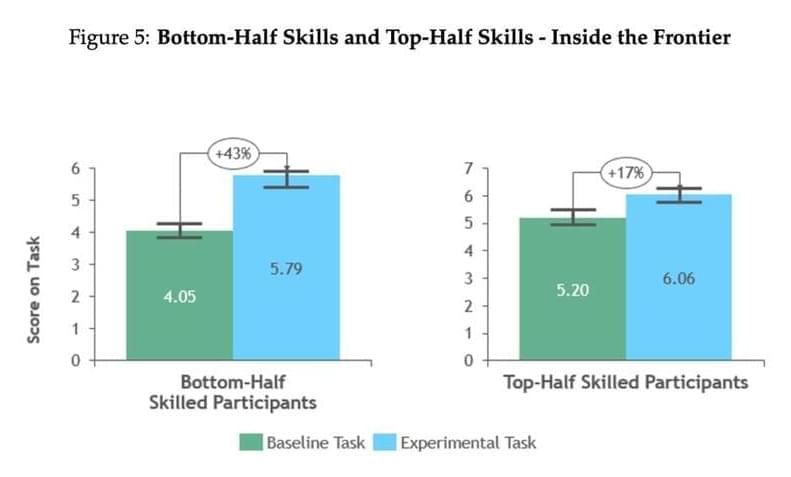At a glance, Gemini’s ability to generate text and images gives it a serious advantage over GPT4 with respect to the range of content that it can produce.
However, perhaps the most threatening differentiator between the two is Google’s vast array of proprietary training data. Google Gemini can process data taken across services, including Google Search, YouTube, Google Books, and Google Scholar.
The use of this proprietary data in training the Gemini models could result in a distinct edge in the sophistication of the insights and inferences that it can take from a data set. This is particularly true if early reports that Gemini is trained on twice as many tokens as GPT4 are correct.
The launch of ChatGPT last November shook Google to its foundations. The popular chatbot posed such a threat to the company’s business that it had to declare a code red and began investing in catching up on the generative AI bandwagon. This effort has not only resulted in the release of Google Bard but also Gemini.
Advertisements.
Gemini is a set of large language models (LLMs) that combine GPT-4 with training techniques taken from AlphaGo, such as reinforcement learning and tree search, which has the potential to unseat ChatGPT as the most dominant generative AI solution on the planet.








 עברית (Hebrew)
עברית (Hebrew)
